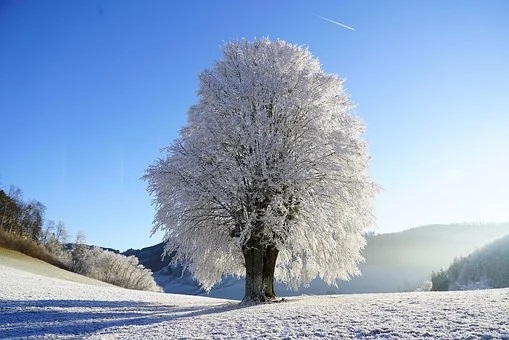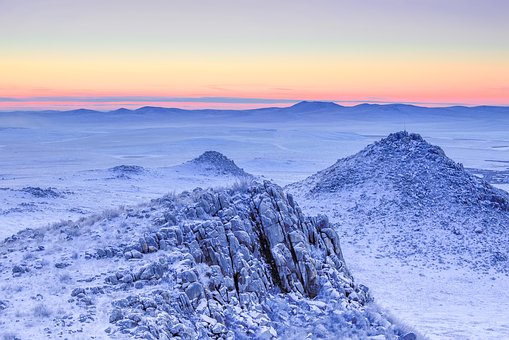There is an analogy for this. When ink is poured on the snow, the snow will be turned into ink color. After it melts, the color can still be seen on the ground. Similarly, if karma is born of defilements, the karmic mark will be left in the alaya consciousness after defilements are gone. Karma (or cause) is kind of a unique ability. Although our eyes cannot see how rice seeds germinate, they do have within themselves the capacity to do so. Likewise, when a karmic seed is planted in the alaya consciousness, it will yield fruit when all the right conditions come together. This fruit is also called karmic effect. And this particular capacity of the alaya consciousness to yield karmic fruit is the inherent nature of cause.
~Depicted from THE RIGHT VIEW - On Cause and Effect











